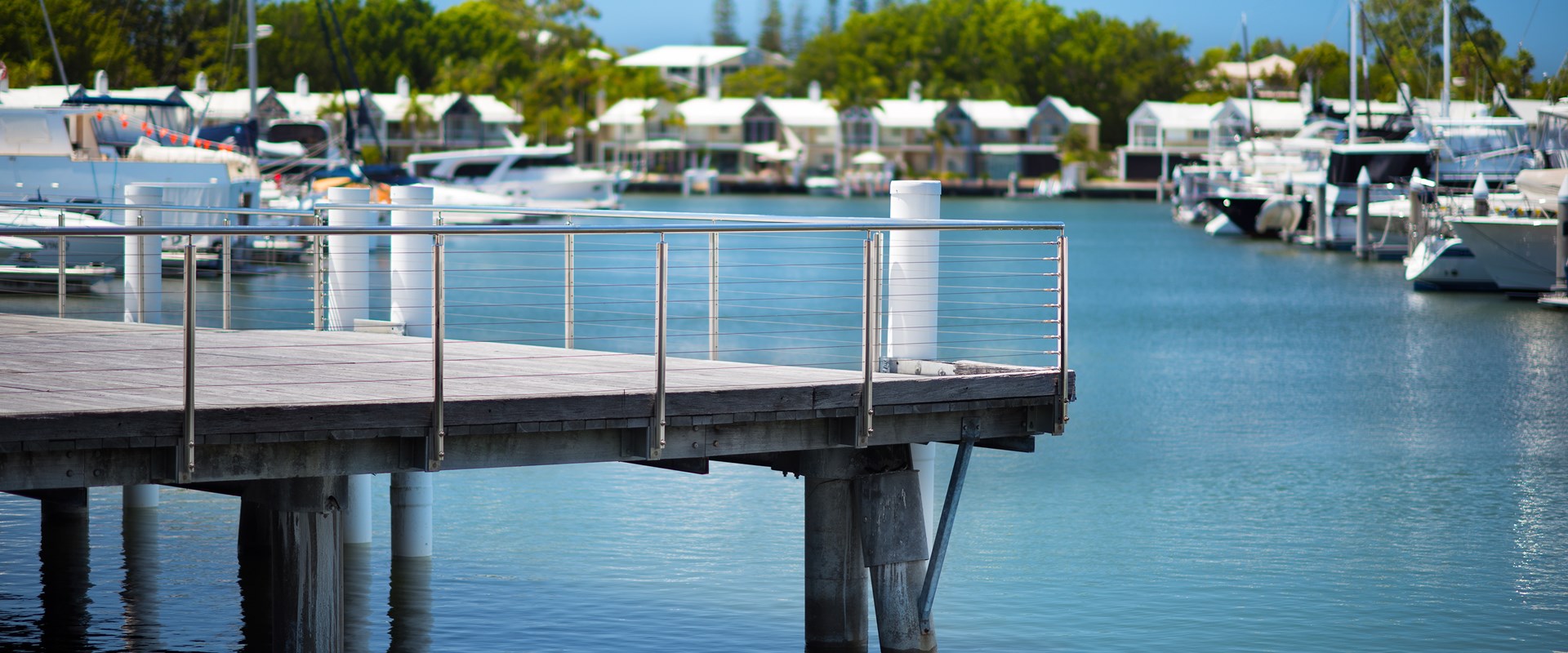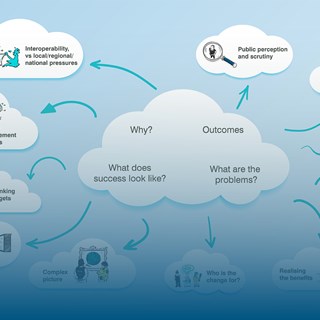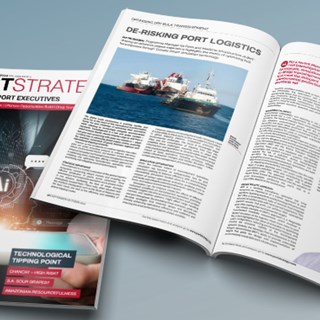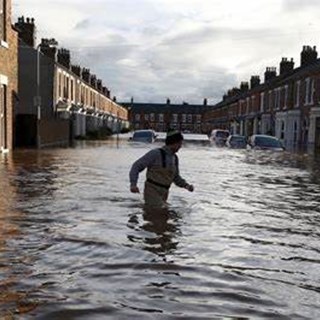Across Australia, there are numerous boat harbours and associated facilities, designed to support multiple maritime users. Typically, these boat harbours are owned, constructed and designed by the State government and then leased to marinas and maritime industries for long term use. In particular, many of the tenants in state-owned boat harbours are yacht clubs, aligning with the focus of clubs on promoting recreational sailing and other activities.
For tenant marinas and clubs within boat harbours, the very nature of the harbour as a multi-user facility creates unique environmental concerns not experienced in single-user facilities. Additionally, in many states, especially Queensland, boat harbours are intended to provide a safe harbour for vessels transiting across the coast (e.g. Queensland state boat harbours were originally sited to be no more than one day’s sail apart). This leads to a higher level of ‘transient’ vessels, even for yacht clubs, which in turn raises further environmental considerations.
Some of the environmental considerations important for yacht clubs and other boat harbour users include:
• Management of dredging and disposal
• Ownership and management of ‘external’ infrastructure (e.g. breakwaters)
• Cumulative water quality impacts
• Coordination of marine pollution response
• Marine pests.
Within boat harbours there are typically both shared and private navigational assets. Usually, the entrance channel and main fairways within the harbour will be managed by the state while the berths, fairways and other navigable areas within each individual marina basin will be managed privately. As one of the main costs for dredging is mobilisation, this can create a range of inefficiencies where each party is dredging separately. Similarly, the cumulative environmental effects of multiple small scale dredging operations are likely to exceed that of a single coordinated campaign, especially if a range of different dredging methodologies are used. Many boat harbours have a dedicated onshore dredged material disposal area but inefficient use can lead to more rapid filling of these areas, thereby increasing the requirement for at sea disposal.
Additional to entrance channels, other key assets within boat harbours are typically owned and managed by the state. This includes breakwaters, training walls and other coastal infrastructure. While this reduces the costs for individual clubs and marinas, it also constrains opportunities for development and expansion within the marina. While this does not pose a major environmental risk, it can delay the capacity to adapt to a changing climate (e.g. changes in wave height and penetration) or to undertake works to retrofit more environmentally friendly options (e.g. ‘green’ seawalls, habitat windows, replacement of vertical concrete revetments with graded rock walls).
Boat harbours, along with other shared facilities (e.g. combined marina and canal estates) can often have poor water quality due to lack of flushing. This can be exacerbated where there are multiple operators, each with different risk profiles and management approaches. Depending on internal circulation of water, impacts and management costs from one operator can be disproportionately felt by others who may otherwise manage water well.
Similarly, the impacts of marine pests can be rapidly amplified in boat harbours. Pest species can rapidly spread from a single vessel to others in the marina due to the concentration of vessels, which increase the risk of spread to other areas. All of these considerations highlight the importance of a collaborative approach to management.
Collaboration between harbour tenants and operators can significantly decrease inefficiencies in management (especially for dredging and other development) and promote a collective improvement in environmental outcomes. It also allows for pooling of resources to achieve greater outcomes than could be achieved for any one marina or yacht club.
The scale of this collaboration can vary across a spectrum from ‘light’ collaboration (e.g. consultation) through to fully integrated operations (e.g. joint dredging campaigns). Examples of this are shown below. This collaboration may or may not also include coordination with the harbour owner, with ‘associations’ of tenants taking over some management responsibilities (e.g. dredging). In many cases, these environmental considerations may ultimately be low risk and have low associated costs. However, the costs of collaboration are also minimal comparative to the potential benefits that could be achieved. Thus, while boat harbours provide a unique set of challenges for yacht clubs and others, they also present a unique set of opportunities.

This article features in the current issue of Waterline (p.30), a quarterly magazine by the Marina Industries Association (MIA). Read the full publication here.
Marina Industries Association (MIA) and BMT

The MIA is the peak representative body for marinas, slipways, boatyards, berthing, mooring and other marine storage facilities as well as sailing and cruising boating clubs. Earlier this year, BMT was announced as the MIA's first ever Environmental Partner. BMT will draw on its rich history and heritage as a maritime specialist to help the sector address new challenges, particularly as they relate to environmental stewardship and addressing risks and opportunities from decarbonisation and climate change.
More information, here.







